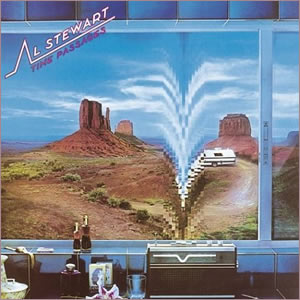Year of the Cat by Al Stewart
Buy Year of the Cat It took Al Stewart more than a decade of grind and seven studio albums before it finally achieve a measure of mainstream success with the release of Year […]

Buy Year of the Cat It took Al Stewart more than a decade of grind and seven studio albums before it finally achieve a measure of mainstream success with the release of Year […]

Buy Time Passages Time Passages was the third of Al Stewart‘s popular late seventies albums, following Modern Times in 1975 and Year of the Cat in 1976. While all three of these albums […]